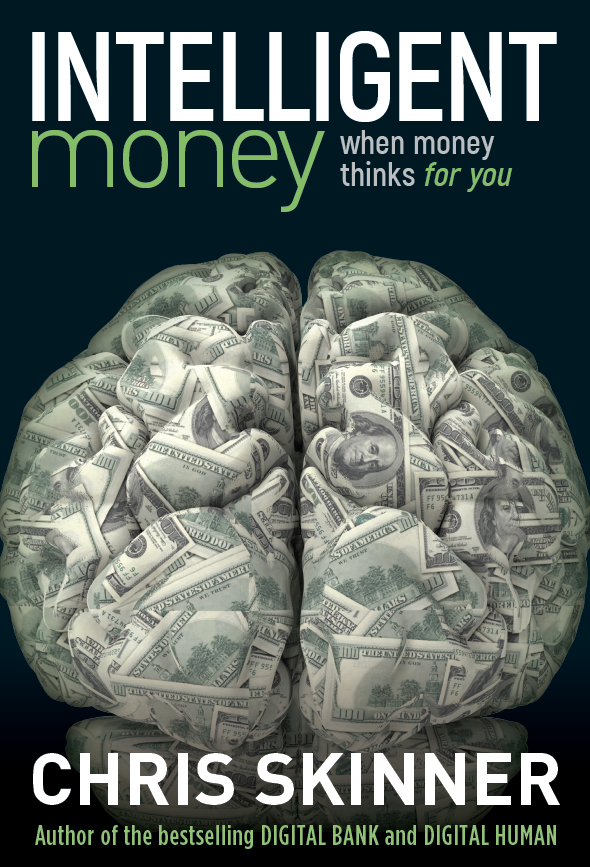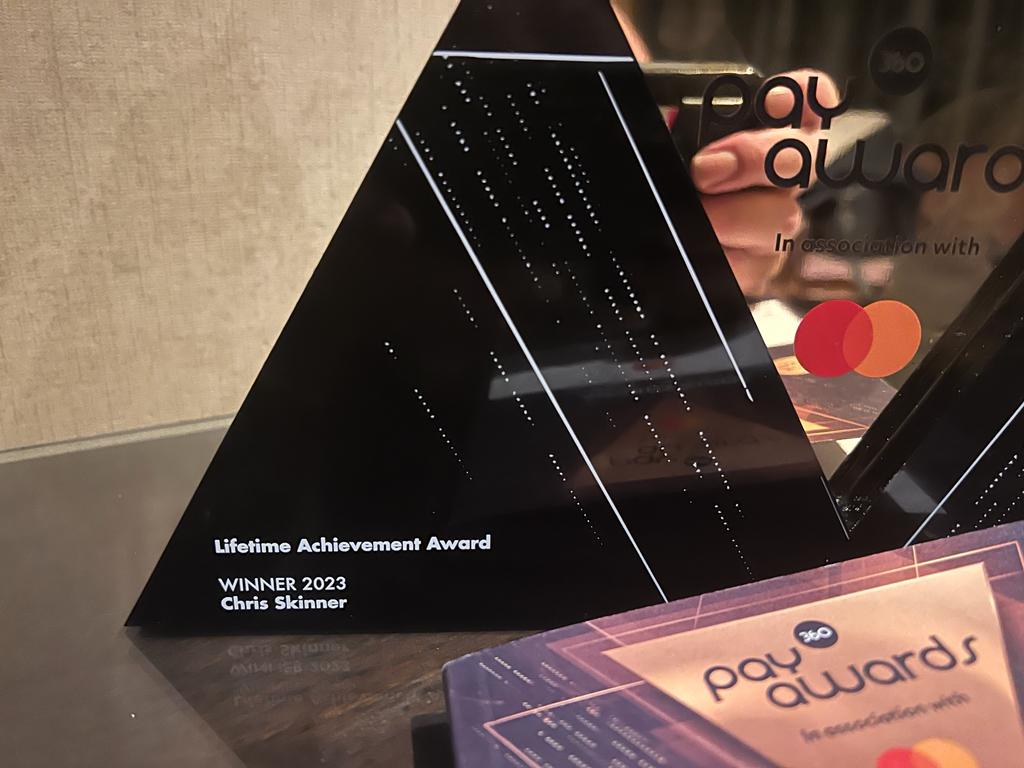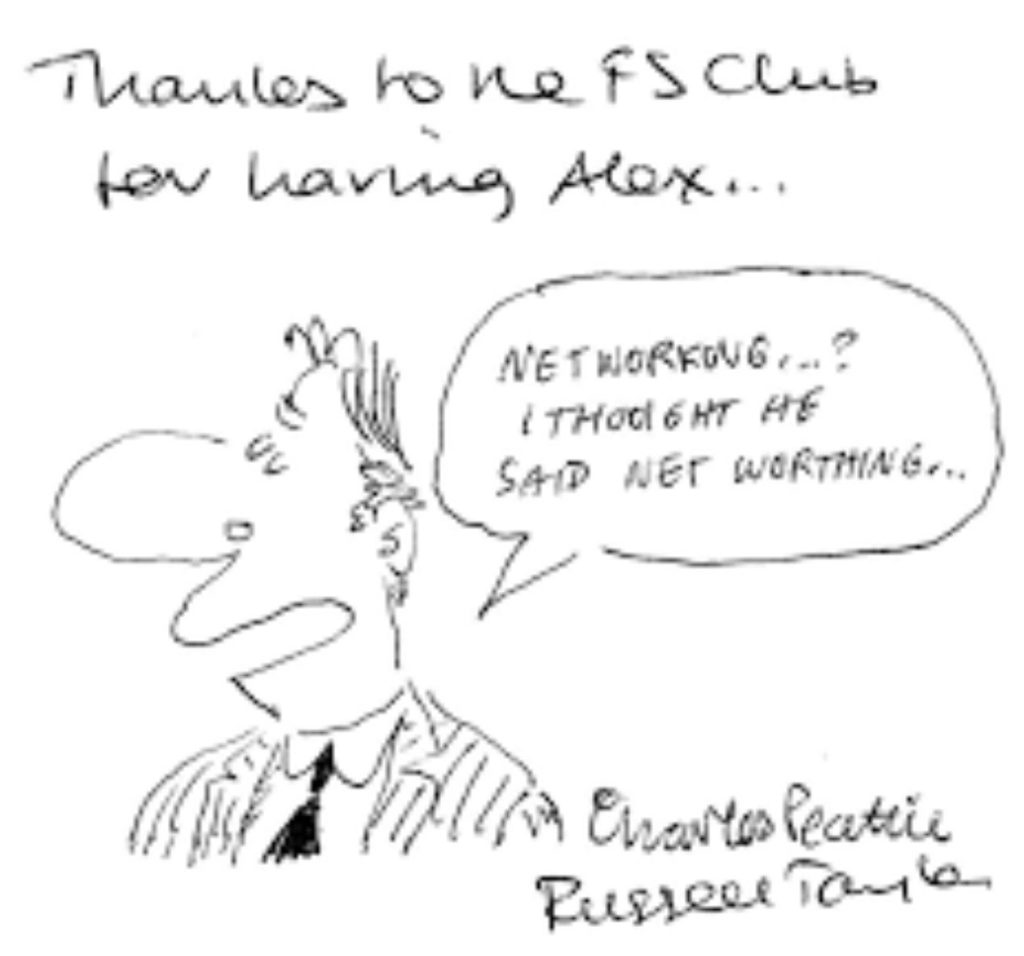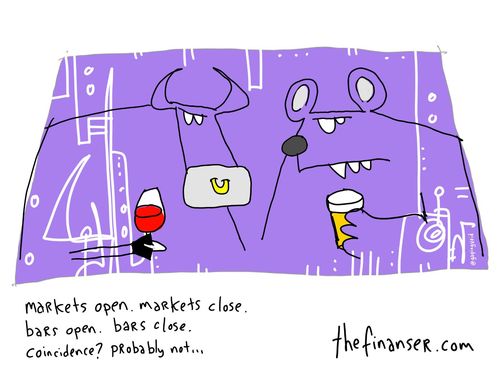
One of the panels at the trading technologies show that I chaired was all about pre- and post- trade risk, and the impact of real-time risk management.
We were meant to talk about real-time risk, what it would mean, the ability to be able to see credit, market and liquidity risk across counterparties, asset classes and instruments throughout the day as it happened, rather than intraday or, worse, yesterday.
Yea.
Hmmm.
As the panel progressed, I realised something was wrong.
I realised that real-time risk is irrelevant.
It means nothing.
Forget it.
Real-time risk is too late.
It means it’s happened.
What you need is forecast risk, not real-time.
You need a great way of looking at future risks and being able to map them, then you need real-time to address emergency situations as risks hit the business that were either unknown known’s or unknown unknowns (that old chestnut again).
The thing is that we’re all talking about risk these days, and that banks must take on risk to be in business.
The nature of banking is to borrow your money, in the form of deposits that they pay you interest against to look after, and then lend that money at a profit to others in the expectation that others will pay it back at some point.
That last part is where the risk exists, and it’s a simple matter of assessing the risk of default.
It was simple, but not anymore.
It was simple because it was purely credit risk: if I lend you money, will you pay it back?
It got complicated as the banks began to speculate with money through investment instruments: if I invest in this equity or currency, will I make a profit?
That’s when market risk became a discipline.
Now it’s hellishly complicated, as banks have to build in a new form of risk dimension: if I invest in this equity, currency or derivative, and suddenly the credit lines for those assets are taken away due to the market volatility and irrationality, can I cover my liquidity position?
No wonder banks have to run massively complicated scenario models through Monte Carlo simulations to try to ensure they catered for every potential eventuality and ensured it can be managed.
That’s the forecasteable aspect of risk which we’re really trying to get at today: being able to cater for any market movement, loss of credit or liquidity in real-time thanks to having fantastic scenario models and plans to manage every forecasteable situation.
Obviously impossible, but a good objective.
What is possible is to minimise risk exposure.
You can’t eradicate risk, otherwise there would be no risk, but you can minimise exposures.
A little like fraud: you can’t get rid of it, but you can reduce it to an acceptable level of tolerance.
And this is where it gets real interesting, as it means that risk is a management discipline and science.
You can run risk modelling and crunch it through FPGA systems and then manage the whole lot in real-time.
But even that’s not good enough.
And this was the other realisation I had as the panel debated and dialogued.
It’s not good enough as, even with all of the best systems, simulations, models, disciplines and risk scientists in the world, risk is nothing to do with technologists or analytics.
It’s to do with culture.
That’s where the operational risk exposure kicks in.
The culture of a bank determines it’s appetite for risk.
In the case of RBS, their risk appetite was determined by Sir Fred Goodwin, the Chief Executive.
That’s what screwed them.
If you want to know what I mean, here’s an insight.
In the good old days of Sir Fred, all decisions on important matters of risk were made by a panel of risk managers from across the business. But if Sir Fred disagreed with the Chief Risk Officer’s view, he could override that decision.
In other words, RBS’s former Chief had the final risk vote, not the discipline and management who understood risk.
The same could be said to be true of HBOS, which was run by a retailer who understood selling but not risk. No wonder they sold billions of pounds of commercial loans that then went belly up.
And the same is true where we see rogue traders like Jérôme Kerviel of Société Générale and Kweku Adoboli of UBS appear.
In these instances, the culture of the trading room was all about alpha at the expense of prudence.
The management encouraged such irrational practices and the risk management discipline was lost for the expense of bonuses and profit.
And there’s where all banks are now trying to sort out the issues, as are regulators.
But the issues will not be resolved if the bank’s culture is one that encourages risk without discipline, accepts opportunity without prudence, and seeks alpha without beta.
Like the Greeks, the bank will be insolvent, and the markets will feed on its rotting bones.
So risk is nothing to do with systems and models, but all to do with people, management and culture.
Well worth remembering the next time you see the extraordinary madness of banks.
Postscript:
Picture of a known gnome from my garden lol

Chris M Skinner
Chris Skinner is best known as an independent commentator on the financial markets through his blog, TheFinanser.com, as author of the bestselling book Digital Bank, and Chair of the European networking forum the Financial Services Club. He has been voted one of the most influential people in banking by The Financial Brand (as well as one of the best blogs), a FinTech Titan (Next Bank), one of the Fintech Leaders you need to follow (City AM, Deluxe and Jax Finance), as well as one of the Top 40 most influential people in financial technology by the Wall Street Journal's Financial News. To learn more click here...




















